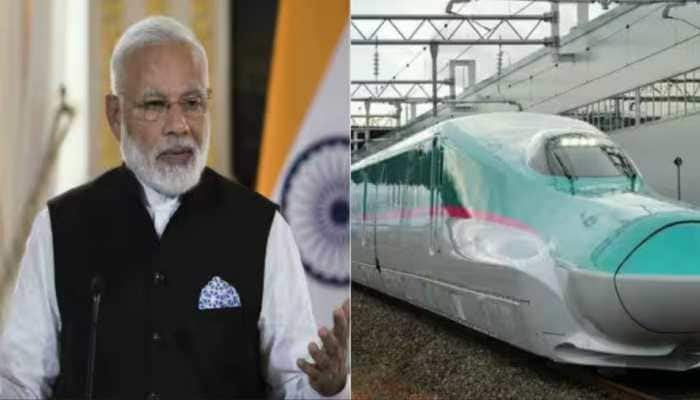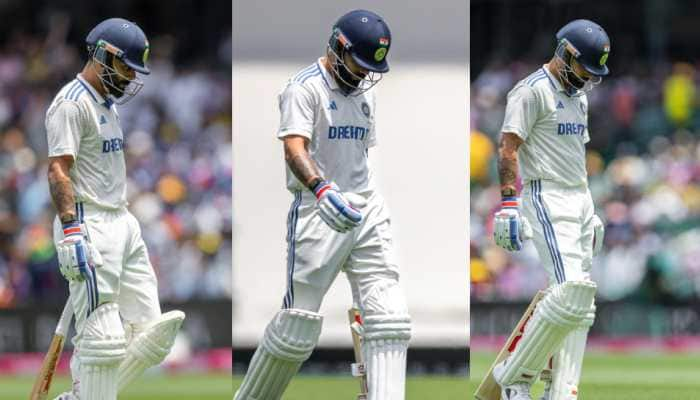PM Narendra Modi meets President Ram Nath Kovind to discuss various issues: Rashtrapati Bhavan
Prime Minister Narendra Modi on Sunday (July 5) called on President Ram Nath Kovind and the two leaders discussed issues of national and international importance, Rashtrapati Bhavan officials said.
Trending Photos
) File Photo
File Photo New Delhi: Prime Minister Narendra Modi on Sunday (July 5) called on President Ram Nath Kovind and the two leaders discussed issues of national and international importance, Rashtrapati Bhavan officials said. The meeting comes almost two days after PM Modi along with Chief of Defence Staff Bipin Rawat visited Leh to take stock of the situation at the Line of Actual Control amid rising border tension with China.
During his visit to the Leh, PM Modi had addressed soldiers and interacted with them for close to 20 minutes. He was briefed about the situation at the border by senior officers at Nimu.
#WATCH Prime Minister Narendra Modi called on President Ram Nath Kovind and briefed him on the issues of national and international importance at Rashtrapati Bhavan today pic.twitter.com/YPqOxAvtuK — ANI (@ANI) July 5, 2020
After the meeting, the Rashtrapati Bhavan tweeted, "Prime Minister @narendramodi called on President Kovind and briefed him on the issues of national and international importance...".
On the intervening night of June 14-15, at least 20 Indian jawans including Colonel Santosh Babu were killed during a violent face-off with Chinese troops in the Galwan Valley in eastern Ladakh. The clash in Galwan Valley on Monday night is the biggest confrontation between the two militaries after their 1967 clashes in Nathu La in 1967 when India lost around 80 soldiers while over 300 Chinese army personnel were killed.
The situation in eastern Ladakh deteriorated after around 250 Chinese and Indian soldiers were engaged in a violent face-off on May 5 and 6. The incident in Pangong Tso was followed by a similar incident in north Sikkim on May 9.
The two armies were engaged in a standoff in Galwan and several other areas of the eastern Ladakh since May 5 when the two sides clashed on the bank of the Pangong Tso.
After the standoff began, the Indian military leadership decided that Indian troops will adopt a firm approach in dealing with the aggressive posturing by the Chinese troops in all disputed areas of Pangong Tso, Galwan Valley, Demchok and Daulat Beg Oldie.
The Chinese Army has been gradually ramping up its strategic reserves in its rear bases near the LAC by rushing in artillery guns, infantry combat vehicles and heavy military equipment.
The trigger for the face-off was China's stiff opposition to India laying a key road in the Finger area around the Pangong Tso Lake besides construction of another road connecting the Darbuk-Shayok-Daulat Beg Oldie road in Galwan Valley.
The road in the Finger area in Pangong Tso is considered crucial for India to carry out patrols. India has already decided not to stall any border infrastructure projects in eastern Ladakh in view of Chinese protests.
Stay informed on all the latest news, real-time breaking news updates, and follow all the important headlines in india news and world News on Zee News.
Live Tv







)
)
)
)
)
)
)
)
)
)
